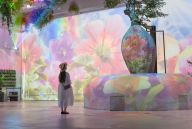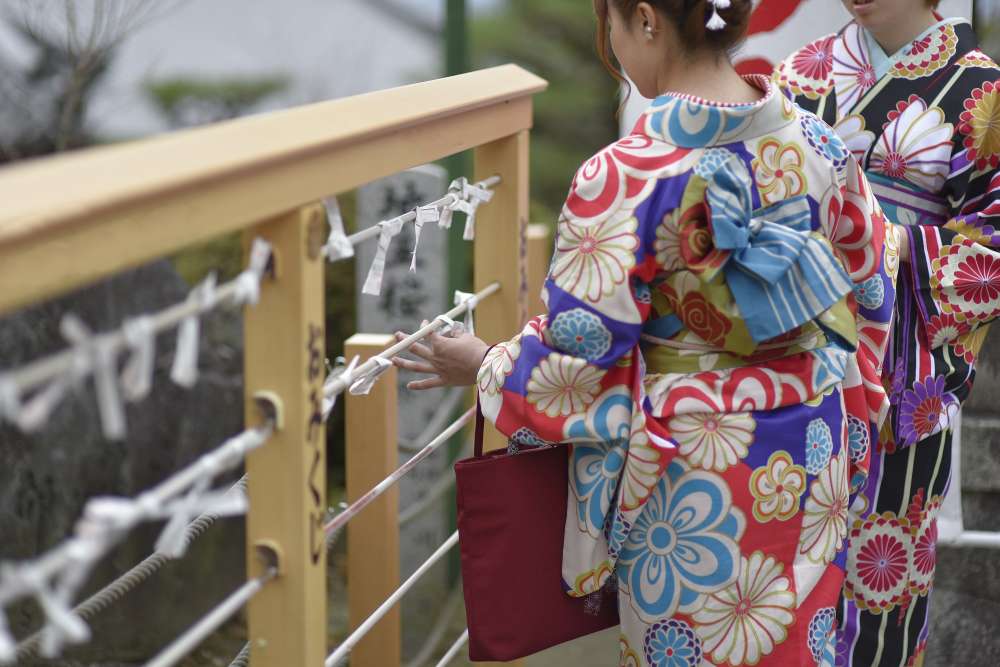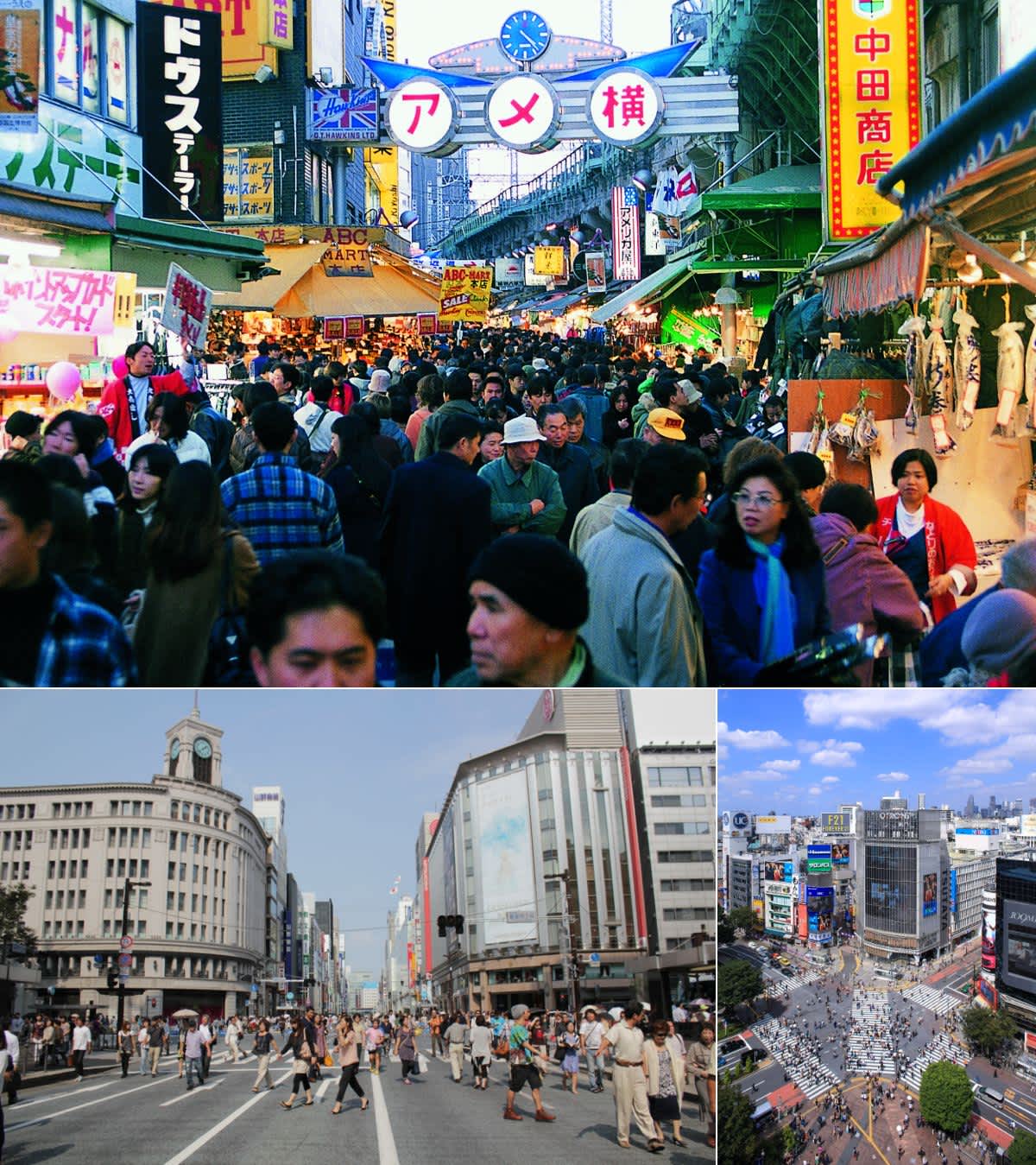
Welcome New Year in 4 Tokyo Spots Famous for Their Shops and Shrines
As soon as Christmas is over, Japan immediately shifts its focus to upcoming new year festivities. With so many events like year-end sales, countdowns, and the first shrine visit on New Year's Day happening during this season, traveling to Japan can be overwhelming to the uninitiated. But, fret not! If you want to experience all these and more, simply celebrate your new year in Tokyo.
Japan’s bustling capital boasts a wide variety of experiences for every traveler. Whether it's shrines or shops you want to visit, Tokyo has them all. Just head over to the areas of Harajuku in Shibuya, Ginza, Asakusa, and Ameyoko, and you’ll have access to all the best places of interest in the city.
To help you enjoy an exciting and insightful year-end trip to Tokyo, we’ve noted down some useful tips to guide you. Read on to find out how you can best enjoy the new year in Tokyo.
Read more: Your complete guide to Japan’s bustling capital.
Everything you need to know about New Year in Japan
Traditions
In Japan, the New Year or shogatsu is an important holiday that’s celebrated extensively. Preparations begin when the current year nears its end. Many people put up New Year’s decorations and buy daily necessities, as well as various things in bulk for the coming year.
Starting from the last week of December, most businesses are either closed or operate in shorter business hours. However, on December 31, train lines remain open all night long in anticipation of the people planning to join countdowns and visit the shrine.
On January 1, New Year's Day, lots of Japanese go to shrines for hatsumode, the first shrine visit of the year. During this visit, they thank God for the year that just passed, pray for disease-free life in the coming months, and eat New Year's Day food.
When you visit Japan during this season, why don't you try spending New Year's the way the locals do? At the shrine, you can draw an omikuji or your fortune for the year. You can also purchase amulets that help ward off evil and reflect all sorts of wishes for blessings. You can also write your wishes and prayers on wooden plaques called ema.
In Japan, it is customary for the whole family to have a reunion at the beginning of the year and eat the New Year's dish called osechi. So are watching special New Year's TV shows, flying kites, and playing battledore, activities unique to New Year.
The New Year is celebrated for the first three days of the year called sanganichi. However, the festivities simply don’t end there—instead, they continue for four more days. This week-long period is called matsunouchi, and once it ends on January 7, decorations are generally taken down and people gradually return to their everyday lives.
Shopping
When you travel during the new year, expect shops and restaurants to remain closed for the first three days of the year. To better plot down your new year itinerary, check the announcements from the establishments you will visit in advance and plan accordingly.
That said, department stores or large retailers tend to open on January 2, offering huge sales to celebrate the first business day of the new year. Popular items during this period are fukubukuro or lucky bags, which are often bought by the Japanese and, recently, also by tourists. Containing random products, these sealed bags offer a delightful surprise to all. What’s more, the value of the items you get is more than what you pay, so getting one is a great bargain.
Shopping when you visit Japan is a must if you travel during this season. For a hassle-free trip, make sure to check the official websites of the shops you plan to visit to learn more about their special offers. Most department stores also issue discount cards for foreign visitors, so make sure to ask! Lastly, don’t forget to wear warm clothing to protect yourself from the freezing weather.
Read more: Enjoy shopping in Japan with the tax exemption offered to tourists.
Top 4 spots to enjoy New Year in Tokyo
1)Harajuku, Shibuya Area
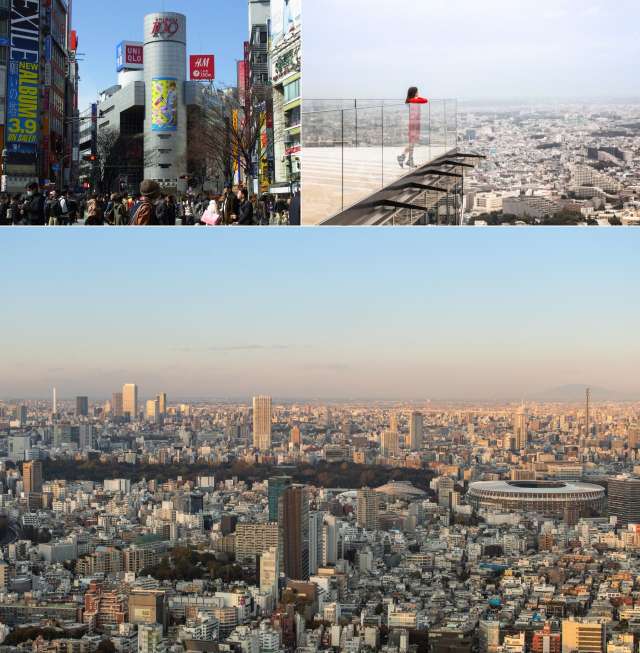
In the Shibuya area, particularly in Harajuku, lots of department stores can be explored. This area is known for the Shibuya Scramble Square, which opened in November 2019, and the Shibuya Marui, which closed temporarily on August 28 to undergo major redevelopment as Japan’s first full-scale commercial building made of wood. The nine-story complex is expected to be completed in 2026. Crowds tend to flock to these popular destinations, but they close on New Year's Day, giving the city a slightly calmer atmosphere.
If you visit Shibuya on New Year's Day, we recommend going instead to Yoyogi Park, 10 minutes away on foot from Shibuya. While you’re there, stop by the Meiji Jingu Shrine, which is right next to the park.
Meiji Jingu is one of the most crowded shrines in Japan on New Year’s Day. With so many people dropping by for hatsumode, it can take several hours of queueing to reach the shrine itself.
The busiest time is around midnight on New Year's Day, but it is relatively quiet when the gates open early in the morning from 6:40 a.m. on January 2 or in the evening until 7 p.m., so plan your visit around these times.
Read more: Your complete guide to Harajuku’s must-visit attractions.
2)Ginza Area
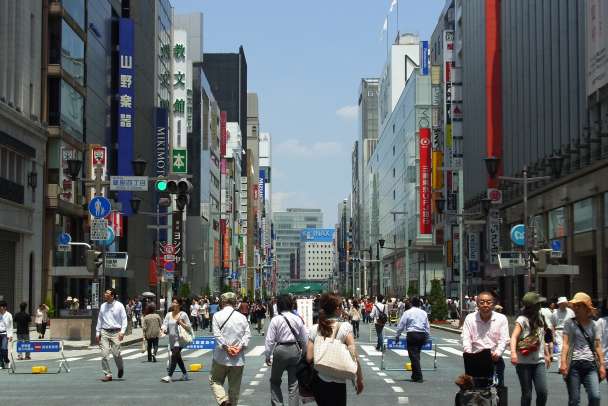
Travelers who love to shop and stroll around the city will definitely enjoy roaming around Ginza. One of the most popular places of interest in Tokyo, the area is lined with department stores and street shops of famous brands.
Besides luxury brand stores and department stores, there are drug stores as well as cafes that you can just enter casually. Ginza also has tons of well-known confectionery stores, where you can take a break from your walk and buy souvenirs for your friends.
On Saturdays, Sundays, and public holidays, it’s closed off to cars and becomes a pedestrian paradise, creating a peaceful, open atmosphere. Like most stores, department stores in Ginza are closed on New Year's Day, but Hibiya Park and Tsukiji are within walking distance, so be sure to explore those areas too.
※Pedestrian paradise in the Ginza area may be canceled during the New Year holidays and if the weather is bad.
Read more: Find all the best places to visit in Ginza!
3) Asakusa Area

Among the places of interest in Tokyo’s Asakusa area during the New Year holiday are Sensoji Temple, Kaminarimon, Nakamise, and Tokyo Skytree® observatory and Solamachi.
As the oldest Buddhist temple in Tokyo, Sensoji Temple is a must-visit during New Year’s Eve. When the bell is struck at midnight on the small hill called Mt. Bentenyama, located southeast of Sensoji Temple’s main hall, everyone greets the new year with loud cheers and applause. Following that, while the bell is being rung another 108 times, the temple-goers reflect on the year that was and pray for safety and good fortune in the new year.
When you visit, make sure to get Aizen Hōkyū, which brings in good fortune for marriage and academics, as well as other talismans that ward off evil and invite good luck. These can be obtained only from January 1 to 7.
It’s also a must to visit Nakamise, the shrine shopping street that runs from the main hall of Sensoji Temple to the Kaminarimon Gate. Looking extremely festive with New Year decorations during this period, the street is lined with stalls worth browsing. Many of the shops are open until around 10 p.m., so you can take your time looking for souvenirs.
The place is usually packed with worshipers from the evening of December 31 to the morning of January 1. You’ll most likely find a line of worshipers in front of the shrine's main hall, and you may also have to wait a couple of hours before you can reach the shrine itself.
4) Ameyoko Area, Ueno
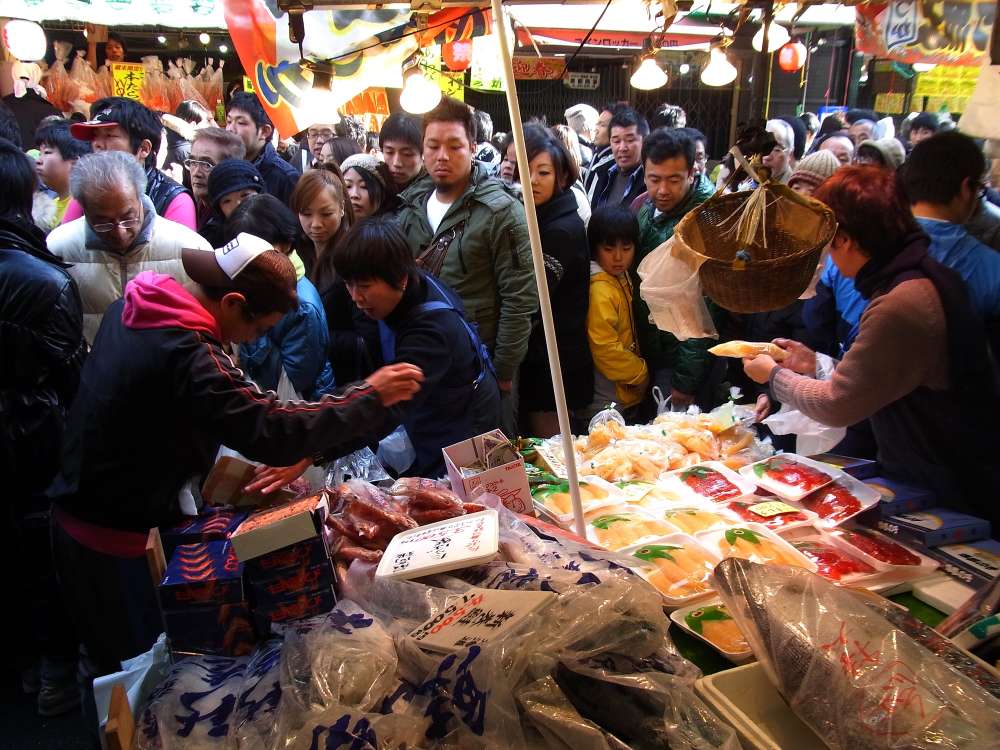
Ueno is a popular place to visit, especially for travelers exploring New Year in Tokyo. One of the best places of interest is the Ameyoko Shopping Street Association that runs between JR Okachimachi Station and Ueno Station. The street is particularly crowded with shoppers at the end of the year, with many bustling about to buy high-quality seafood like crab and tuna, as well as dried food and confectionery.
There are lots of shops that hold big sale events, allowing you to snag quality items at great deals. Browse around the area and you’ll never know—you might even get lucky enough to encounter an energetic salesperson who can give you a buy-one-take-one deal on top of your purchase worth ¥1,000! Keep your eyes peeled when you shop or you might miss a tatakiuri bargain sale, where you can get bags packed full of confectionery.
Along the street, you’re bound to find lots of stores that sell delectable dishes. Squeezing through the crowd to shop can be tiring, so have a bite and keep your tummy full with yummy eats that’ll give you the energy to last the day.
Again, Ameyoko is especially crowded at the end of the year, so many shops will have sold out, especially by the morning of December 31. If you’re hoping to experience year-end shopping here, it’s best to come early in the morning.
Read more: Ueno, Tokyo’s must-visit places of interest.
Your Bucket List:
Fun activities to try near the capital
Harvest strawberries at these fruit-picking farms near Tokyo
—















































